Dependence Of Hall Coefficient On Temperature, HEX-22
Product Details:
- Usage Laboratory Instruments
- Material Electronics
- Color Grey
- Weight 60 Kilograms (kg)
- Application Laboratory Instruments
- Click to View more
Dependence Of Hall Coefficient On Temperature, HEX-22 Price And Quantity
- 76000.00 - 89700.00 INR/Set
- 1 , , Set
Dependence Of Hall Coefficient On Temperature, HEX-22 Product Specifications
- Laboratory Instruments
- Electronics
- Laboratory Instruments
- Grey
- 60 Kilograms (kg)
Dependence Of Hall Coefficient On Temperature, HEX-22 Trade Information
- Cash on Delivery (COD), Cash Advance (CA), Delivery Point (DP), Telegraphic Transfer (T/T), Cash Against Delivery (CAD), Cash in Advance (CID), Cheque
- 100 , , Set Per Month
- 1 Week
- Contact us for information regarding our sample policy
- Western Europe, Australia, Eastern Europe, Middle East, Central America, South America, Asia, North America, Africa
- All India
- ISO 9001: 2015 CE
Product Description
We are distinguished manufacturer, supplier and exporter of Dependence Of Hall Coefficient On Temperature in Roorkee, Uttarakhand, India. Conductivity measurements in semiconductors cannot reveal whether one or both types of carriers are present, nor distinguish between them. However, this information can be obtained from Hall Effect measurements, which are a basic tool for the determination of mobilities. The effect was discovered by E.H. Hall in 1879. Consider a simple crystal mounted as in the Fig. 1, with a magnetic field H in the z direction perpendicular to contacts 1, 2 and 3, 4. If current is flowing through the crystal in the x direction (by application of a voltage Vx between contacts 1 and 2), a voltage will appear across contacts 3, 4. It is easy to calculate this (Hall) voltage if it is assumed that all carriers have the same drift velocity. We will do this in two steps : (a) by assuming that carriers of only one type are present, and (b) by assuming that carriers of both types are present.
DETAILS OF THE EXPERIMENTAL SET-UP
- Hall Effect Setup, Model: DHE-22
- Hall Probe (Ge : p-type) with a small oven and a Thermocouple
- Hall Probe Multipurpose Stand, HPS
- Electromagnet, Model EMU-50V
- Constant Current Power Supply, DPS-50
- Digital Gaussmeter, DGM-102
Complete in all respect

Price:
- 50
- 100
- 200
- 250
- 500
- 1000+
 English
English Spanish
Spanish French
French German
German Italian
Italian Chinese (Simplified)
Chinese (Simplified) Japanese
Japanese Korean
Korean Arabic
Arabic Portuguese
Portuguese
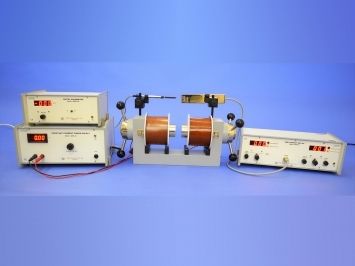
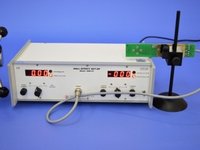
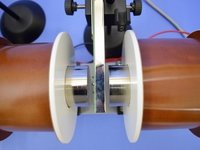



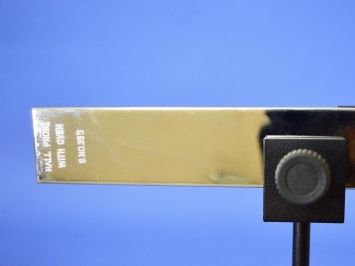


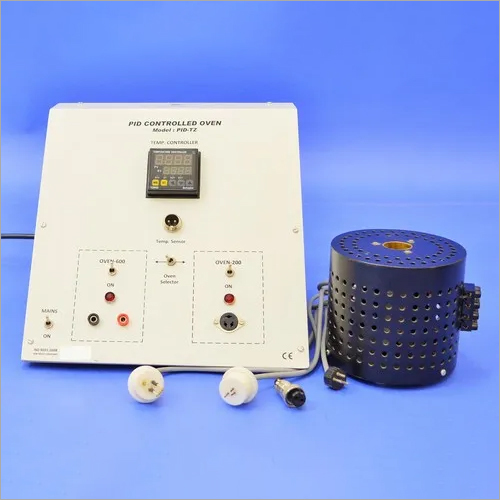


 Send Inquiry
Send Inquiry Send SMS
Send SMS
